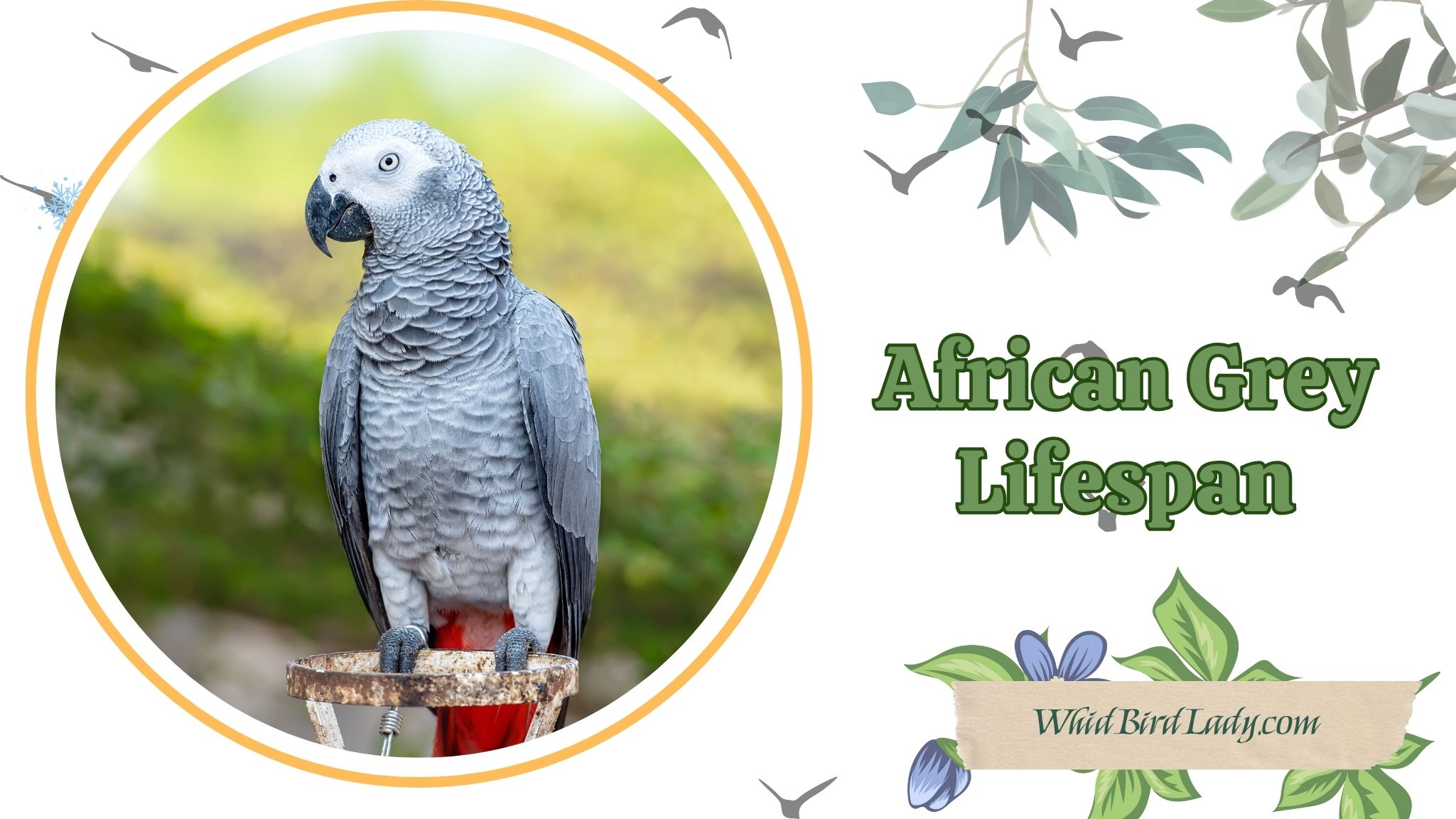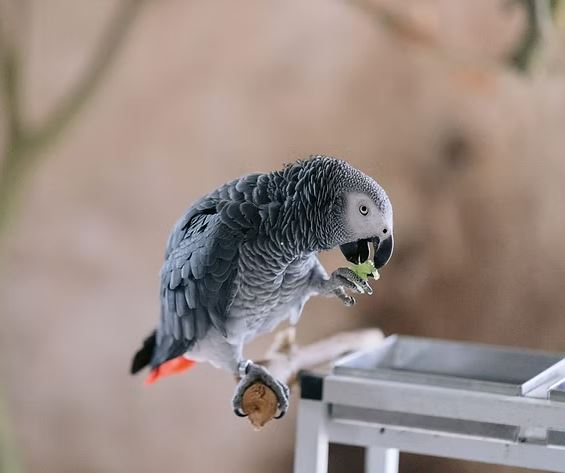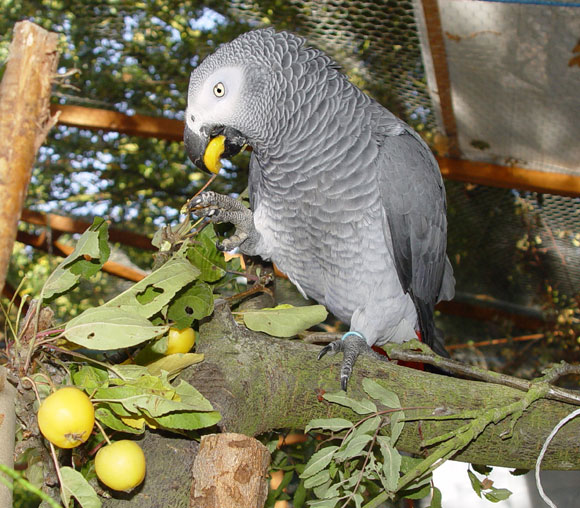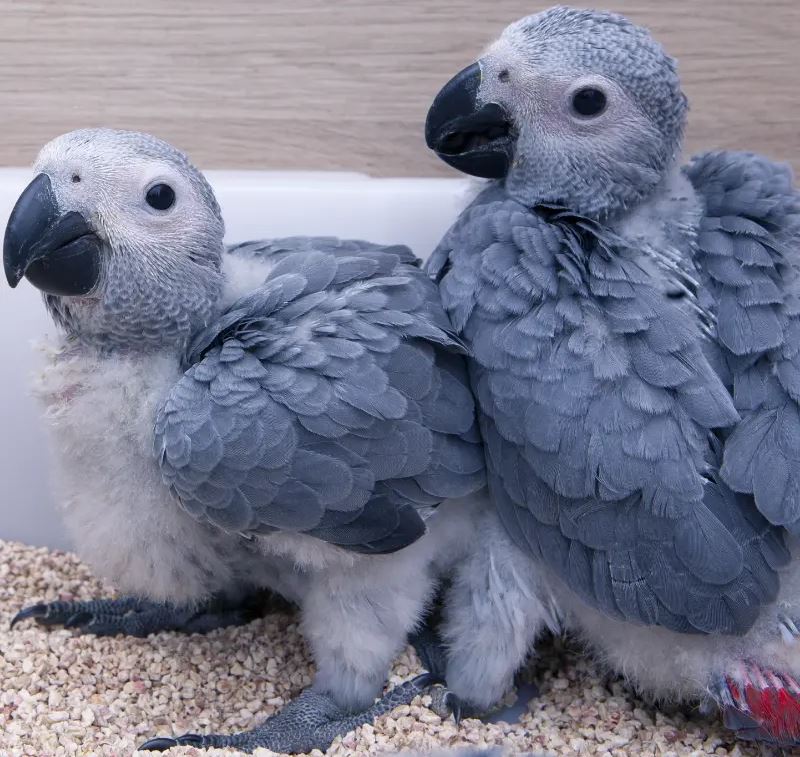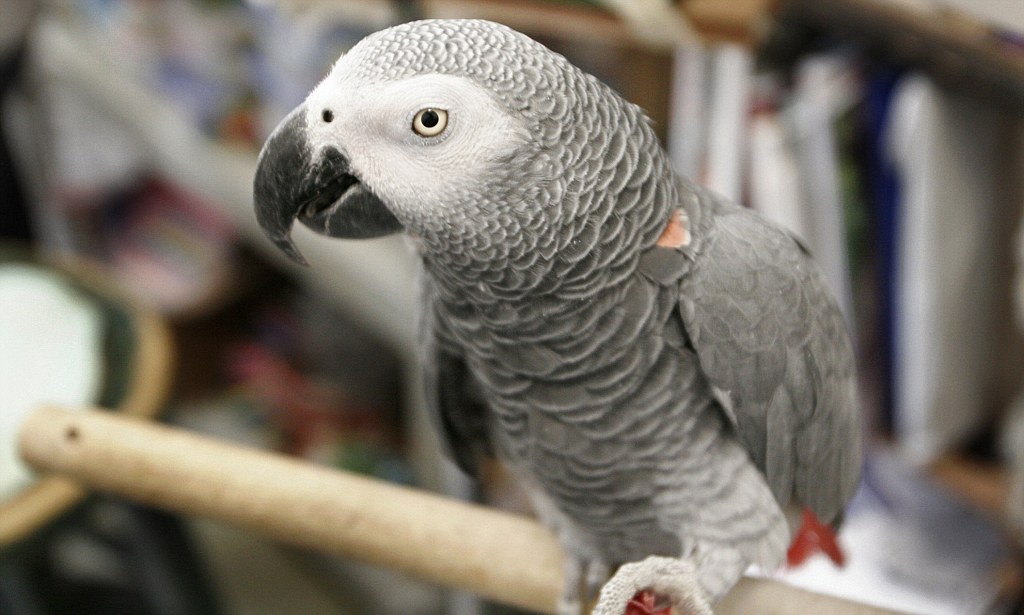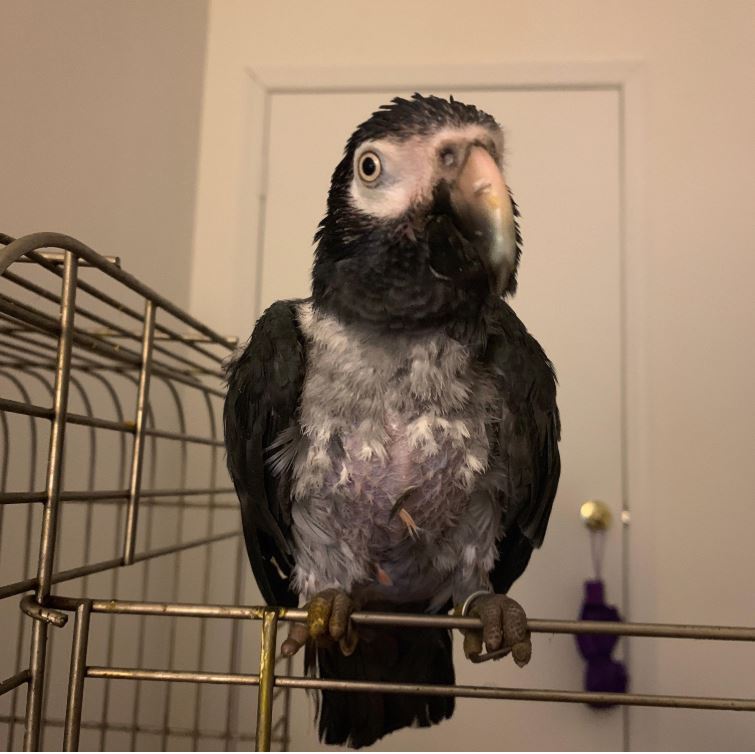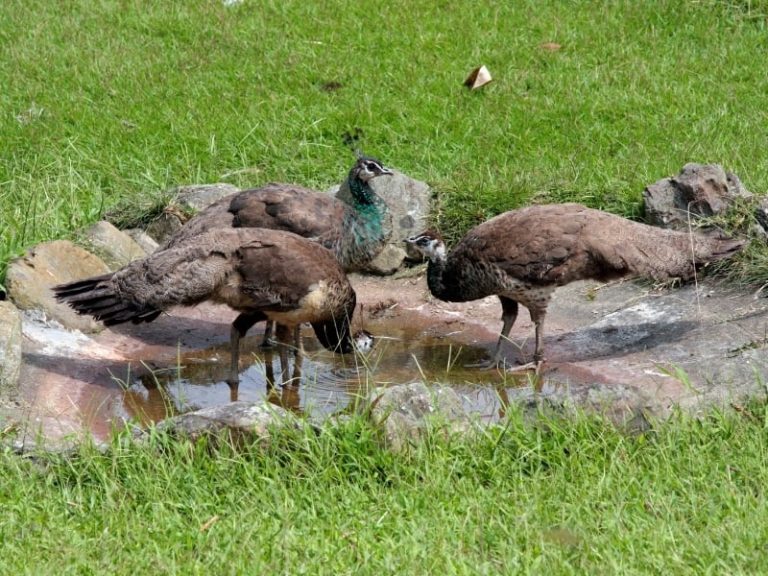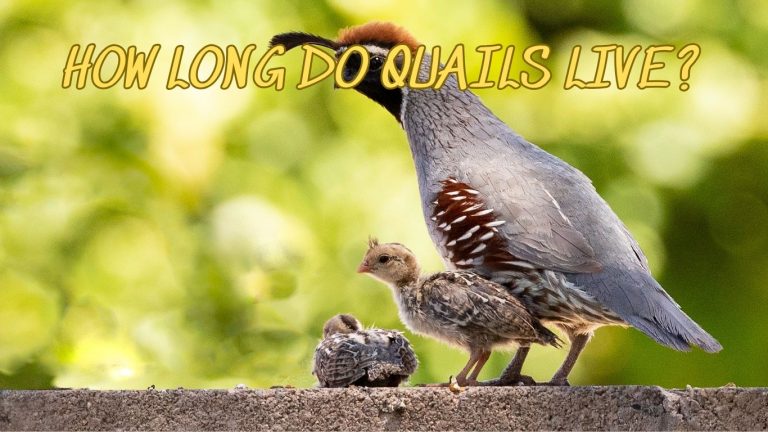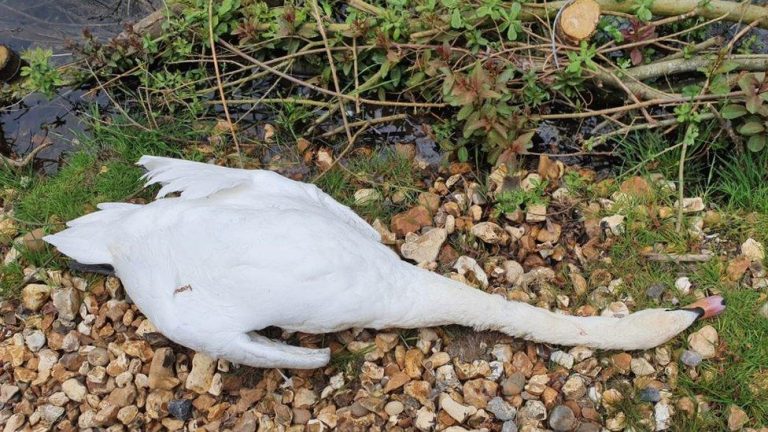African Grey Lifespan: How Long Do These Smart Parrots Really Live?
African Grey Parrots are often hailed as the Einsteins of the bird world. Their impressive intelligence, emotional depth, and uncanny ability to mimic human speech make them one of the most popular pet parrots in the world. But before bringing one of these incredible birds into your life, it’s important to understand a key fact: the African Grey lifespan is among the longest of any pet bird.
In this comprehensive guide, we’ll explore just how long African Greys live, what affects their longevity, and how you can help your parrot thrive for decades.
What Is the Average African Grey Lifespan?
So, how long do African Greys live? On average:
- In captivity: 40 to 60 years, with some living well into their 70s or even 80s with proper care.
- In the wild: Typically 20 to 30 years, often due to natural predators, environmental factors, and food scarcity.
The African Grey Parrot lifespan is truly remarkable, making these birds a lifelong companion—possibly even outliving their owners. That’s why understanding their age expectancy is crucial before committing to ownership.
“In captivity, African Greys can live for more than 60 years, though average lifespan in the wild is often much shorter.”
— Cornell Lab of Ornithology, AllAboutBirds.org
African Grey Lifespan in the Wild vs. Captivity
There’s a significant difference between the lifespan of African Greys in the wild and those kept as pets:
| Environment | Lifespan Range | Key Factors |
|---|---|---|
| Wild | 20–30 years | Predation, disease, food scarcity, habitat destruction |
| Captivity | 40–60+ years | Veterinary care, balanced diet, mental stimulation, safe environment |
Captive birds benefit from regular care, which greatly increases their african grey parrot age expectancy. However, this longer lifespan comes with the responsibility of lifelong commitment and planning.
Factors That Affect African Grey Parrot Lifespan
Let’s break down the biggest contributors to lifespan:
1. Diet
A poor diet is one of the fastest ways to shorten the lifespan of an African Grey Parrot. A healthy diet should include:
- Pelleted bird food (formulated for parrots)
- Fresh fruits and vegetables
- Occasional grains, legumes, and nuts
- Avoidance of toxic foods like avocado, chocolate, caffeine, and salty snacks
2. Mental Stimulation
African Greys are extremely intelligent, and a bored parrot is a stressed parrot. Chronic stress can lead to:
- Feather plucking
- Aggression
- Self-harm
- Weakened immune system
Regular mental stimulation includes:
- Puzzle toys
- Teaching new words
- Foraging games
- Social interaction with humans and/or other birds
3. Socialization
These birds are flock animals. Loneliness can significantly reduce the lifespan african grey parrot statistics. They need:
- Daily interaction
- Out-of-cage time
- Enrichment activities
4. Veterinary Care
Regular check-ups with an avian vet help prevent and treat common diseases early. Preventative care includes:
- Annual wellness exams
- Bloodwork
- Wing, beak, and nail grooming
- Screening for Psittacosis and other infections
Stages of an African Grey Parrot’s Life
Understanding the key stages of an African Grey’s life is crucial for providing the right care, environment, and enrichment at every age. Just like humans, these parrots go through distinct developmental phases—each with its own needs, behaviors, and joys.
1. Chick Stage (0–6 Months)
This is the most delicate and foundational period of an African Grey’s life. Whether hatched by parent birds or hand-reared by breeders, chicks require intensive care and attention.
- Hand-feeding or Weaning:
Chicks typically rely on hand-feeding every few hours during the first 8–10 weeks of life. Gradually, they are weaned onto soft foods like mashed vegetables, soaked pellets, and fruit. - Rapid Growth:
In just a few months, chicks develop feathers, coordination, and curiosity. They go from blind, featherless babies to fluffy, bright-eyed explorers. - Social Imprinting:
This is when parrots start bonding—with humans, other birds, or both. Early socialization at this stage shapes how confident and trusting they will be as adults.
Tip: Gentle handling, positive exposure to human voices, and early foraging toys are critical at this stage.
2. Juvenile Stage (6 Months – 3 Years)
Think of this phase as the parrot equivalent of childhood and adolescence. Your African Grey will become more independent—but also more mischievous!
- Speech Development and Mimicry:
This is when African Greys begin to talk, mimic sounds, and learn cues. Some may pick up their first words as early as 6–9 months. - Testing Boundaries:
Like toddlers, juvenile Greys may test their environment and your patience. Chewing, shouting, and selective hearing are all normal. They’re learning what gets attention. - Developing Personality:
You’ll start to notice your bird’s unique temperament—some are shy and thoughtful, while others are bold and interactive.
Note: This is a critical time to set routines, teach basic commands, and build trust through training and enrichment.
3. Adult Stage (3 – 30 Years)
This is the prime of your African Grey’s life—mentally sharp, emotionally stable, and physically strong.
- Peak Intelligence:
Your parrot may have a vocabulary of hundreds of words, understand object permanence, and solve puzzles that stump some dogs and children. - Flock Bonding:
Adults form deep bonds with their human companions, often choosing a “favorite person.” They may also become territorial, especially during breeding season. - Reproductive Maturity:
Around age 4–6, Greys reach sexual maturity. Hormonal behaviors like nesting, feather fluffing, or aggression may appear.
Important: Providing consistent training, stimulation, and healthy boundaries during this stage is key to preventing behavioral issues like feather plucking.
4. Senior Stage (30+ Years)
Many African Greys thrive well into their 40s, 50s, or even beyond. But just like aging humans, they require more care and compassion as they get older.
- Slower Pace:
You may notice reduced activity, more napping, or less interest in long play sessions. Their metabolism slows, and they may prefer a quieter environment. - Increased Health Monitoring:
Aging Greys are more prone to arthritis, cataracts, or metabolic issues. Routine vet checkups (every 6–12 months) are critical. - Cognitive Sharpness:
While physical abilities may decline slightly, their mental acuity often remains intact. Senior Greys still talk, interact, and enjoy problem-solving—just at their own pace.
Adaptations for Seniors:
- Provide softer perches for arthritic feet
- Offer easier access to food/water bowls
- Keep stress low and routine consistent
Long Lifespan, Lifelong Bond
Some African Greys have been documented to live beyond 50 or even 60 years in well-managed homes or sanctuaries. That’s not just a pet—it’s a lifelong companion. Their extended lifespan is both a gift and a responsibility.
If you’re planning to bring home one of these extraordinary parrots, understanding these life stages will help you create an environment where your bird can thrive—not just survive—at every age.
How to Help Your African Grey Live a Long Life
The secret to extending the lifespan of your African Grey parrot isn’t magic—it’s proper, consistent care. These highly intelligent birds can thrive for 40, 50, even 60+ years when their physical, mental, and emotional needs are met. Here’s how to give your Grey the best shot at a long, happy life.
1. Feed a Balanced, Nutrient-Rich Diet
One of the most critical factors affecting African Grey parrot age expectancy is diet. Unfortunately, many owners make the mistake of relying solely on seeds—which are high in fat, low in nutrients, and dangerous over the long term.
The ideal African Grey diet should include:
- 60–70% high-quality formulated pellets
Choose brands specifically designed for African Greys. These provide essential vitamins, minerals (especially calcium), and amino acids. - 20–30% fresh vegetables
Daily servings of dark leafy greens (kale, Swiss chard, collard greens), carrots, broccoli, bell peppers, and squash. Rotate for variety and seasonal availability. - 10% fresh fruits and healthy treats
Blueberries, apples (without seeds), bananas, papaya, and mango can be great in small amounts. - Avoid toxic or harmful foods, including:
- Avocado
- Chocolate
- Alcohol
- Caffeine
- Salty or sugary snacks
- Onion and garlic
Pro Tip: Offer veggies chopped or shredded to encourage foraging. You can also mix them with pellets or hide them in toys to make mealtime engaging.
2. Offer Daily Mental & Physical Exercise
African Greys are as smart as toddlers—they need to think and move to stay healthy. A sedentary or bored Grey can develop depression, aggression, or self-harming behaviors like feather plucking.
Ways to engage your Grey mentally and physically:
- Rotate toys weekly
Introduce puzzle feeders, shreddable toys, mirrors, bells, and foraging boxes. Keep things fresh to prevent boredom. - Set up a climbing gym or perch station
Use ropes, ladders, and swings both inside and outside the cage. - Allow supervised wing flapping or flight
If your bird’s wings are clipped, encourage flapping exercises. If flighted, provide safe, open indoor space for flight. - Teach new tricks or words regularly
Even a few minutes of training each day strengthens your bond and stimulates their brain.
Mental stimulation = lifespan extension. Studies show that mentally enriched parrots live longer and healthier lives than those without engagement.
3. Maintain a Stable, Predictable Routine
Birds—especially parrots—are creatures of habit. A stable routine offers comfort and reduces anxiety, which in turn supports a stronger immune system and healthier behavior.
Keep your Grey on a daily schedule:
- Consistent feeding times (morning and early evening)
- Play and interaction sessions at the same time each day
- Lights on and off consistently to match natural circadian rhythms
Environmental stability also matters. Avoid moving the cage frequently or exposing your Grey to loud, unpredictable noise like TVs, shouting, or barking dogs.
4. Prioritize Sleep and Rest
Sleep is non-negotiable for parrots. Without enough rest, African Greys may become irritable, prone to illness, or start plucking their feathers.
- African Greys need 10–12 hours of uninterrupted sleep every night
- Provide a dark, quiet space—you can even cover the cage to block light and noise
- Keep their sleep environment consistent; don’t change locations often
Insufficient sleep can reduce immune function, shorten lifespan, and negatively affect your Grey’s mood and behavior.
5. Ensure Clean, Hygienic Living Conditions
Dirty cages can be a breeding ground for mold, bacteria, and respiratory infections—major risks to the lifespan of African Grey parrots.
To maintain a safe, healthy cage:
- Clean food and water bowls daily
- Change cage liners every 1–2 days
- Wipe perches and toys weekly with bird-safe disinfectant
- Vacuum or sweep under the cage regularly to remove dander, feathers, and food scraps
Tip: Avoid scented sprays, harsh chemicals, or air fresheners near your bird. Their respiratory systems are highly sensitive.
Bonus Tip: Build a Strong Bond Through Daily Interaction
African Greys are highly social. Birds that feel isolated or neglected may develop stress-related illnesses or behavioral issues that shorten their lifespan.
- Spend at least 1–2 hours a day interacting
- Let them sit with you while you work, cook, or watch TV
- Talk, sing, and offer treats by hand to strengthen trust
- Avoid punishing your Grey—it destroys trust and leads to fear
A well-loved, well-socialized Grey is not just happier—it’s healthier and more likely to reach its full lifespan potential.
By following these guidelines consistently, you’re not just extending your African Grey’s life—you’re enriching the quality of every single day they share with you. With proper care, nutrition, stimulation, and love, your parrot can be a part of your family for generations.
Common Health Issues That Can Shorten Lifespan
Being aware of common illnesses helps extend your African Grey’s life.
1. Psittacine Beak and Feather Disease (PBFD)
A viral disease that causes feather loss, beak deformities, and eventual death. No cure, but early testing and quarantine help.
2. Aspergillosis
A fungal infection affecting the respiratory system. Caused by poor ventilation and moldy food.
3. Calcium Deficiency
Common in African Greys and leads to weak bones, seizures, or sudden death. Ensure proper diet and supplements.
4. Obesity
From lack of exercise and fatty foods. Obesity can lead to:
- Liver disease
- Heart problems
- Arthritis
5. Feather Plucking
Caused by boredom, stress, or underlying illness. Always consult a vet.
“African Grey Parrots are susceptible to calcium deficiency and require careful dietary management to avoid metabolic bone disease and seizures.”
— AAV.org, Avian Clinical Nutrition Guidelines
Signs of Aging in African Grey Parrots
As African Greys grow older, you might notice:
- Reduced activity level
- Subtle changes in voice or mimicry
- Thinner feathers
- Slower reaction times
- Cloudiness in eyes
Older parrots may need softer perches, easier access to food, and more vet visits—but they remain sharp and affectionate.
Is an African Grey Right for You? (Considering Their Long Lifespan)
The African Grey Parrot age expectancy can exceed 60 years, so owning one is like adopting a child with wings. Before bringing one home, ask yourself:
- Are you ready for a decades-long commitment?
- Can you provide daily interaction and enrichment?
- Do you have a support plan in case you can no longer care for the bird?
Many African Greys are rehomed later in life due to a mismatch between their needs and their owners’ lifestyles. Consider adopting a mature bird from a rescue if you’re not ready for a baby grey.
Frequently Asked Questions
Q: How long do African Greys live in captivity?
A: With proper care, they can live 40–60+ years, sometimes even reaching 70 or more.
Q: Can African Greys live longer than humans?
A: Yes. Many owners arrange long-term care or designate a caregiver in their will.
Q: What’s the oldest recorded African Grey?
A: Some sources mention African Greys living into their 70s. One well-known example is a bird named Tarbu in the UK, who lived to 55.
Final Thoughts
The African Grey lifespan is extraordinary. These birds don’t just learn your words—they become part of your family. By understanding their needs and providing top-notch care, you can ensure your African Grey parrot not only lives long but lives well.
Whether you’re already a proud parrot parent or just starting to explore the world of companion birds, knowing how long African Greys live helps you plan for a joyful, lifelong bond.

